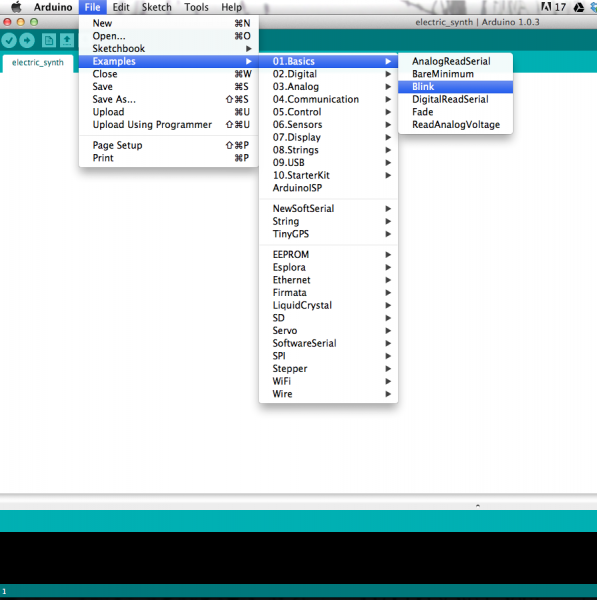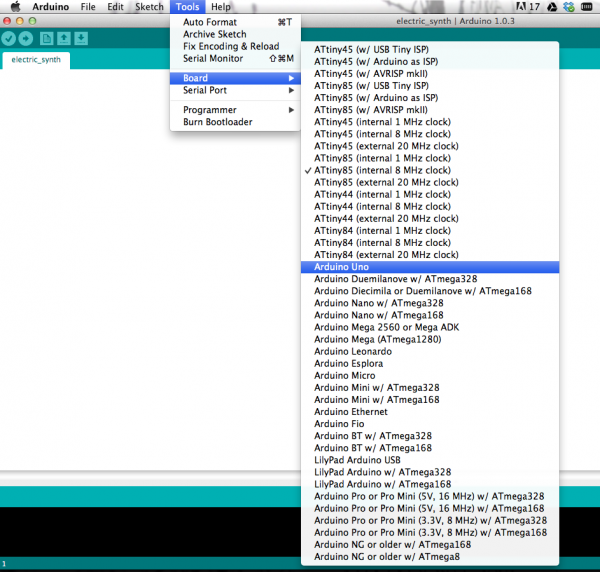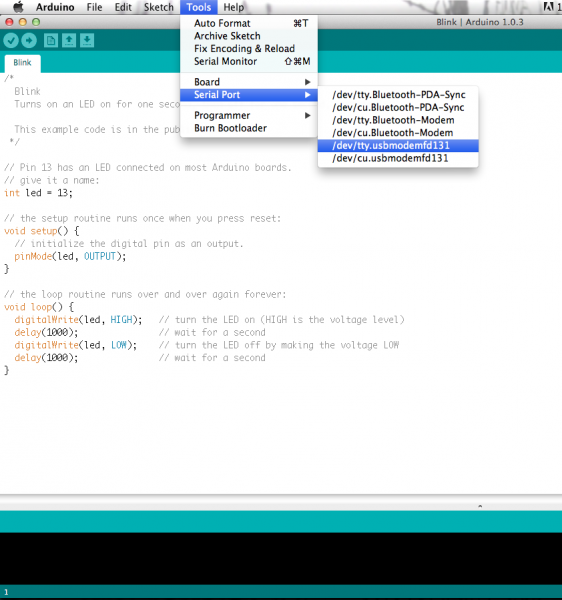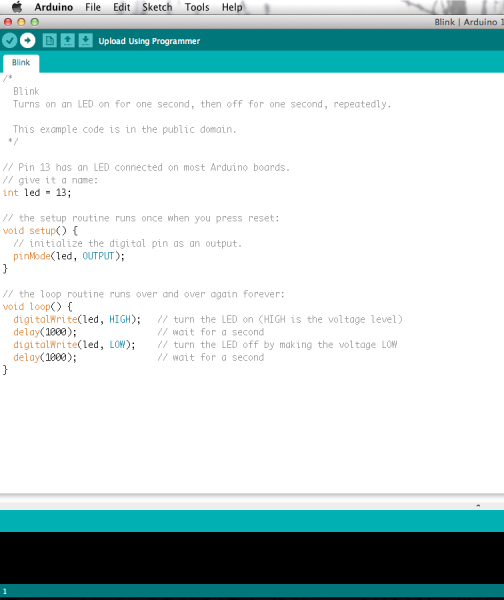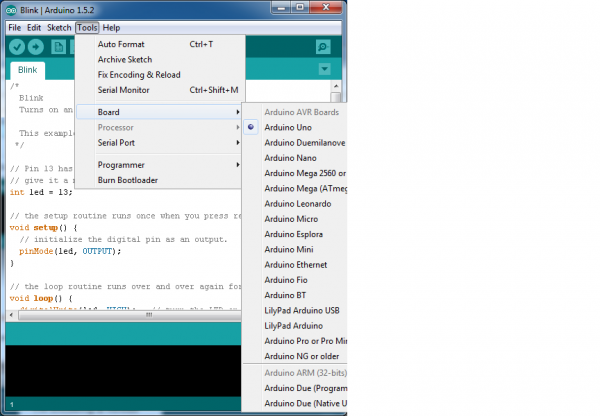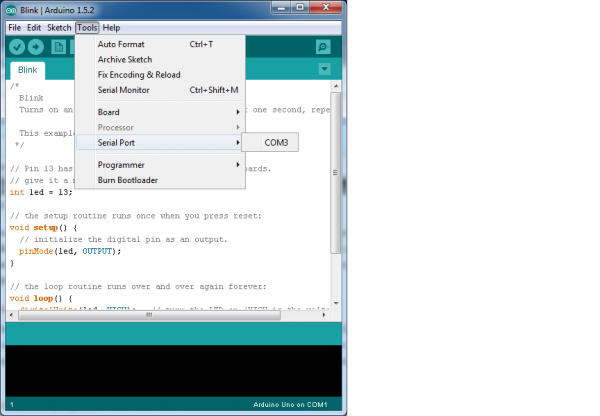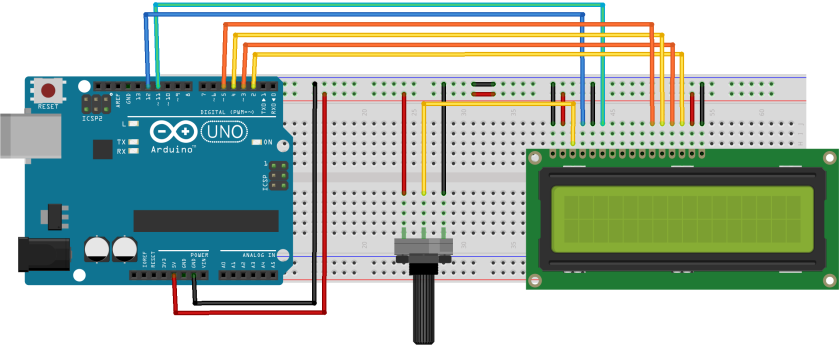1. HC-SR04 Ultrasonic Module
The HC-SR04 ultrasonic sensor uses sonar to determine distance to an object like bats do. It offers excellent non-contact range detection with high accuracy and stable readings in an easy-to-use package.
2. IR Infrared Obstacle Avoidance Sensor Module
This module is very easy to use. When the module detects an obstacle in front of the signal , the green indicator light on the board level , while low-level continuous output signal OUT port , the module detects the distance 2 ~ 30cm, detection angle 35 °.
3. Soil Hygrometer Detection Module Soil Moisture Sensor
This is a simple water sensor can be used to detect soil moisture when the soil moisture deficit module outputs a high level, and vice versa output low. Use this sensor produced an automatic plant water device, so that the plants in your garden without people to manage.
4. Microphone Sensor
For sound detection Module has two outputs. AO, analog output, real-time output voltage signal of the microphone. DO, when the sound intensity reaches a certain threshold, the output high and low signal. The threshold-sensitivity can be adjusted via potentiometer on the sensor.
5. Digital Barometric Pressure Sensor Board
You can use this module to measure the absolute pressure of the environment. By converting the pressure measures into altitude, you have a reliable sensor for determining the height of your robot or projectile for example.
6. Photoresistor Sensor Module Light Detection Light
You can use this module for light detection with an Arduino.
7. Digital Thermal Sensor Module Temperature Sensor Module
The thermal sensor module is very sensitive to the ambient temperature, generally used to detect the ambient temperature. Through the adjustment of the potentiometer, you can change the temperature detection threshold.
8. Rotary Encoder Module Brick Sensor Development Board
When you rotate the rotary encoder it counts in the positive direction and the reverse direction. Rotation counts are not limited. With the buttons on the rotary encoder, you can reset to its initial state and start counting from 0.
9. MQ-2 MQ2 Gas Sensor Module Smoke Methane Butane Detection
This sensor module utilizes an MQ-2 as the sensitive component and has a protection resistor and an adjustable resistor on board. The MQ-2 gas sensor is sensitive to LPG, i-butane, propane, methane, alcohol, Hydrogen and smoke. It could be used in gas leakage detecting equipments in family and industry. The resistance of the sensitive component changes as the concentration of the target gas changes.
10. SW-420 Motion Sensor Module Vibration Switch Alarm
This module can be used to trigger the effect of various vibration, theft alarm, intelligent car, earthquake alarm, motorcycle alarm, etc.
11. Humidity and Rain Detection Sensor Module
This is a rain sensor. It’s used for all kinds of weather monitoring.
12. Passive Buzzer Module
A simple sound making module. You set high or low to drive this module by changing the frequency you’ll hear a different sound.
13. Speed Sensor Module
Tachometer is a simple module that allow you to test the speed of the motor. Widely used for motor speed detection, Pulse count, position limit, and so on.
14. IR Infrared Flame Detection Sensor Module
Flame Detection Sensor Module is sensitive to the flame, but also can detect ordinary light. Usually used as a flame alarm. Detects a flame or a light source of a wavelength in the range of 760nm-1100 nm. Detection point of about 60 degrees, particularly sensitive to the flame spectrum.
15. 5V 2-Channel Relay Module
This is a 2 Channel 5V Relay Module, it allows you to control various appliances, and other equipment with large current. It can be controlled directly by any microcontroller.
16. Breadboard Power Supply Module 3.3V 5V
A simple module to power your breadboard. It supplies both 3.3V and 5V. View
17. HC-SR501 Pyroelectric Infrared Sensor Module
A PIR sensor is a little module that allows you to detect movement from humans or pets, it’s easy to integrate with your microcontroller.
18. Accelerometer Module
This module measures the acceleration. It’s commonly used in portable devices and video game controllers to detect movement and actions from the player. 
19. DHT11 Temperature and Humidity Sensor
It’s a great little sensor to measure temperature and humidity from your room or outside. It integrates seamlessly with the Arduino.
20 or 21. RF 433MHz Transmitter/Receiver
If you need data sent from one micro controller to another the 433MHz link modules are a cheap way to do that (all data is sent via Radio Frequency).























